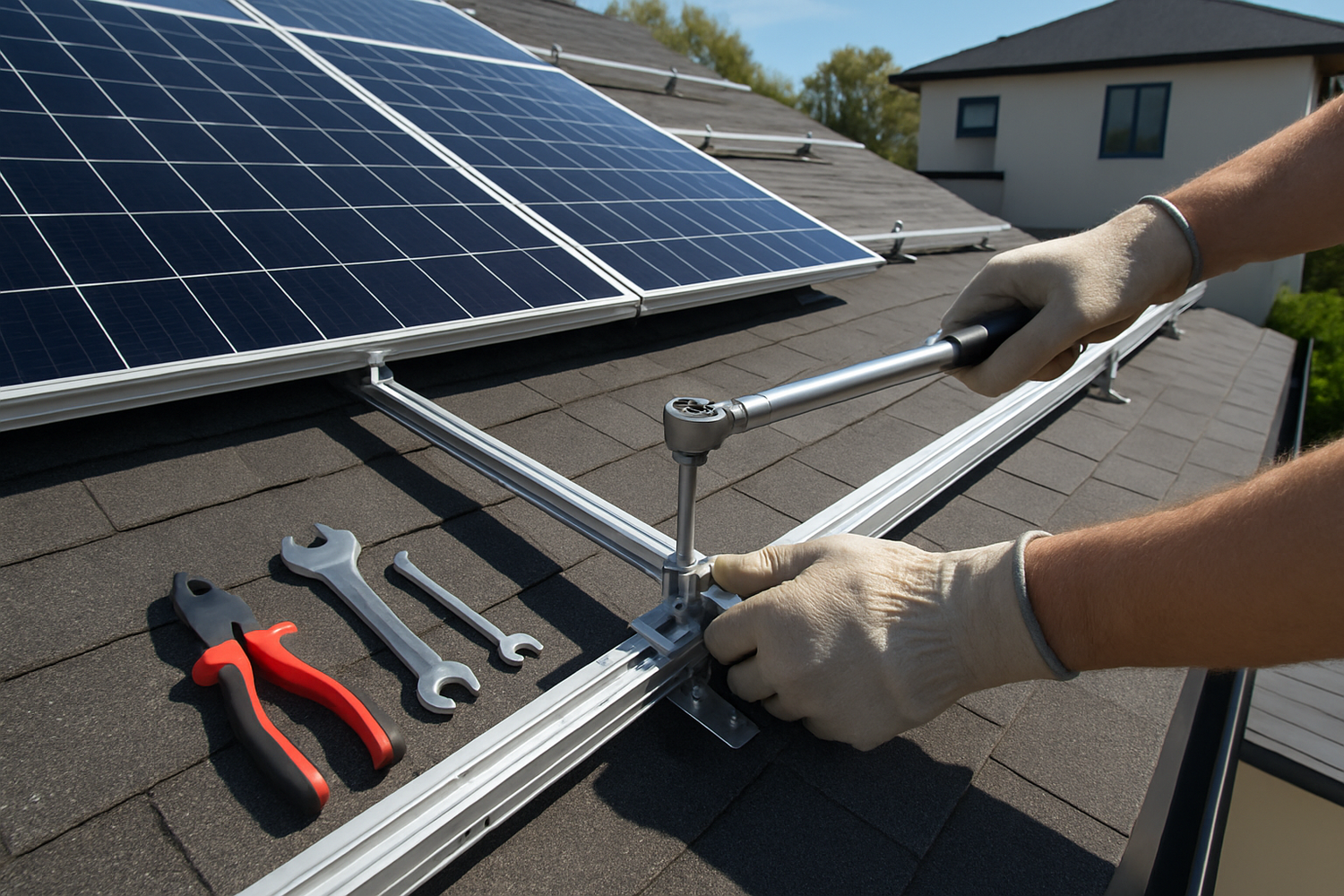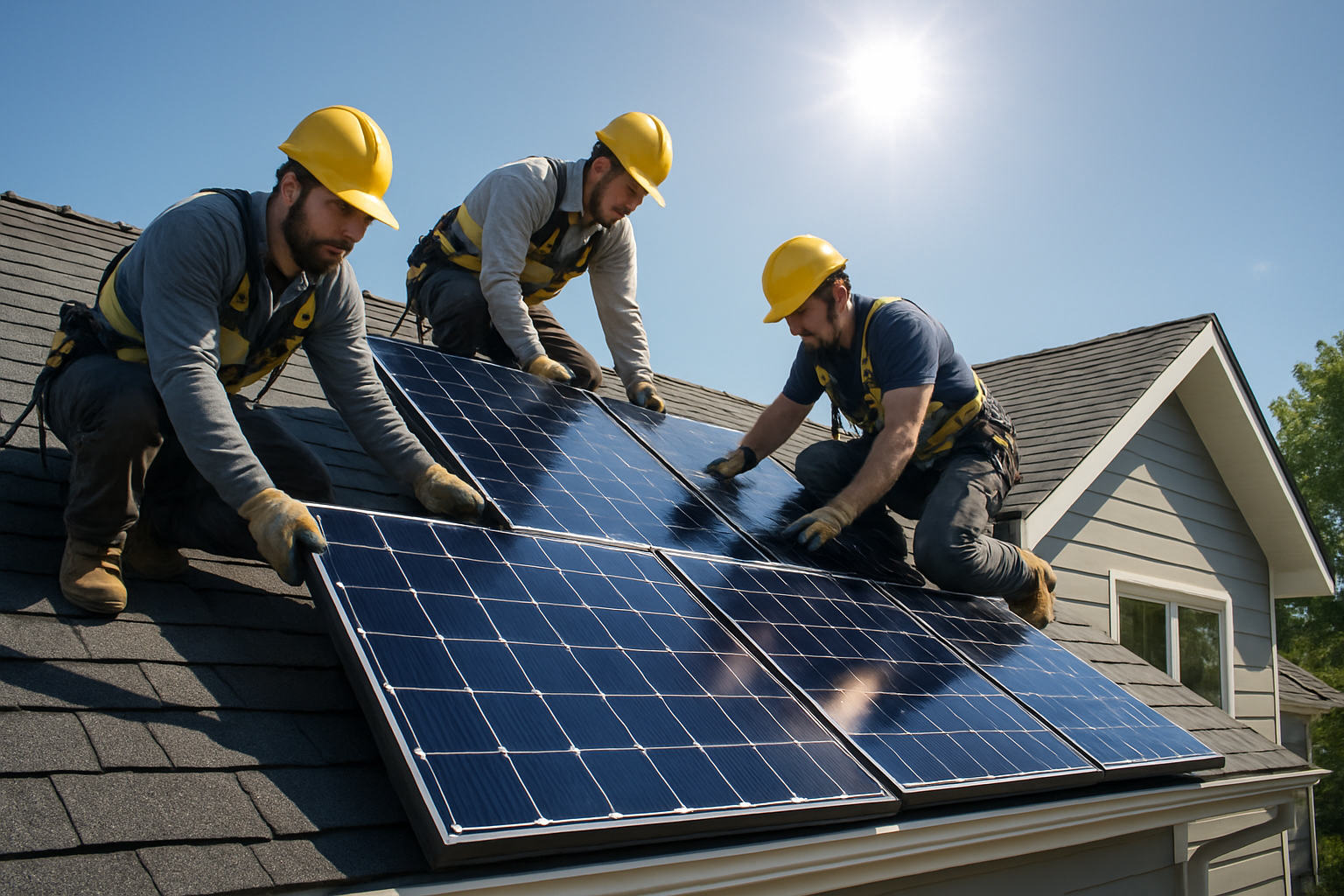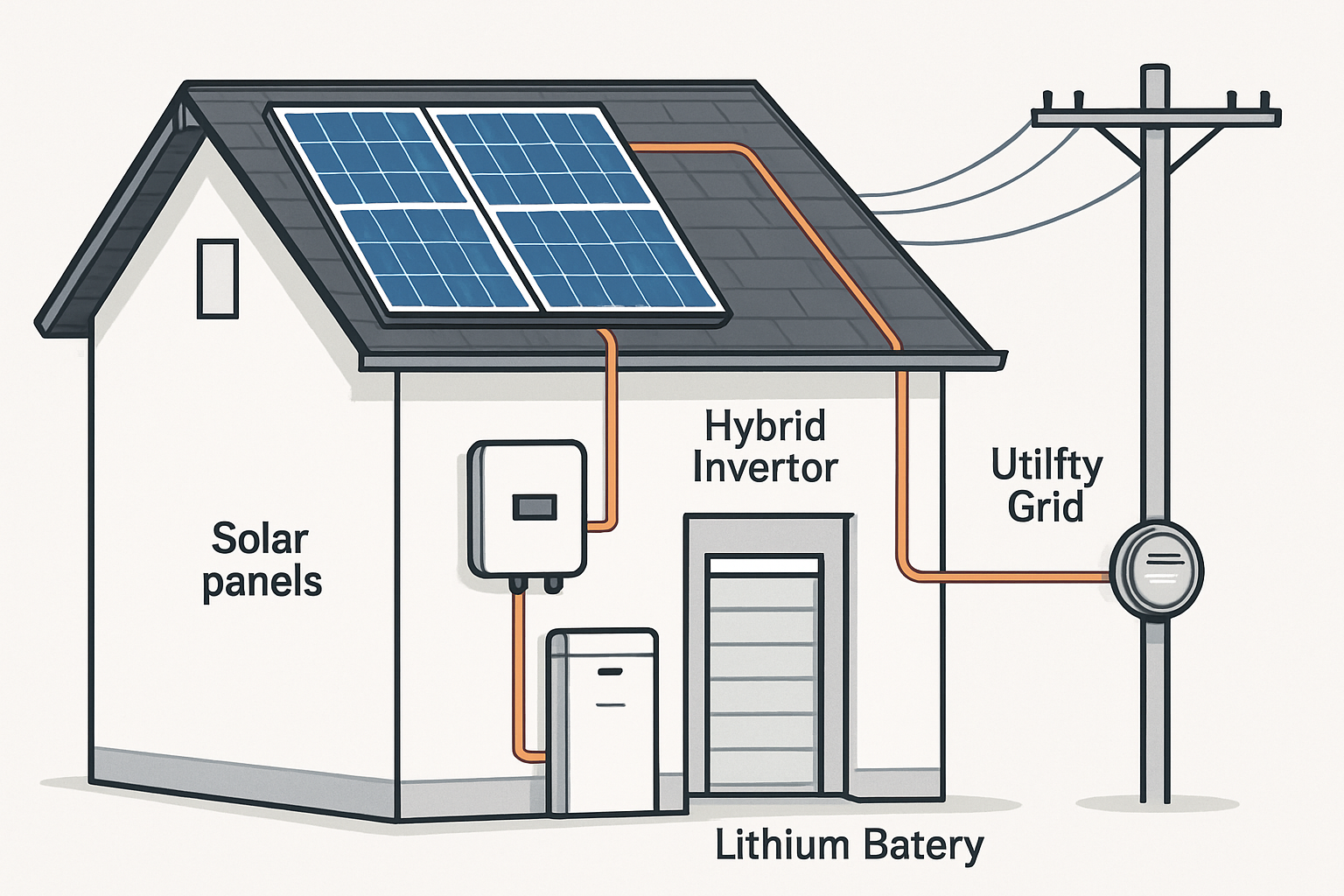The global expansion of solar energy is remarkable, with new capacity being added at a historic pace. According to the International Energy Agency (IEA), solar PV generation grew by a record 320 TWh in 2023 alone. This rapid deployment is crucial for clean energy transitions. Yet, behind these impressive figures lies a growing concern: the systemic challenges and costly installation errors that can compromise the long-term performance and safety of these vital assets. Analyzing trends and data from the IEA provides a high-level perspective on the root causes of common photovoltaic (PV) installation mistakes that can undermine your energy investment.

The Strain of Rapid Growth: A Systemic Challenge
The unprecedented scale of solar deployment places immense pressure on the industry. The IEA reports that global solar PV and wind capacity more than doubled between 2018 and 2023, a trend expected to continue. This explosive growth creates a fertile ground for installation errors that go beyond simple on-site mistakes.
Unprecedented Scale and Workforce Gaps
The demand for solar installations can quickly outpace the supply of highly trained and experienced technicians. In a rush to meet project deadlines and capitalize on incentives, teams may be stretched thin, and less-experienced workers may be tasked with critical procedures. This can lead to a higher incidence of foundational errors in mounting, wiring, and commissioning that may not become apparent until months or years later. While the solar sector is a significant source of job creation, maintaining high standards through robust training is essential to prevent a decline in installation quality.
Bypassed Best Practices in the Rush to Deploy
Market pressures can sometimes prioritize speed over meticulousness. When schedules are compressed, crucial steps like comprehensive site evaluation, precise torqueing of mechanical fasteners, and detailed wire management can be overlooked. These seemingly minor oversights accumulate, leading to significant problems such as water intrusion from improper roof penetrations, reduced energy yield from poorly managed wiring, and even safety hazards like electrical faults. A survey-based study on PV failures identified assembly errors as a primary cause of numerous problems, including panels loosening or being torn off in high winds.
Grid Integration: The Overlooked Installation Frontier
A solar installation does not exist in a vacuum; its interaction with the electrical grid is a critical aspect of its function. The IEA has consistently highlighted the urgent need for better grid integration to maximize the benefits of renewable energy. Failure at this stage is a costly and increasingly common installation error.
Non-Compliance with Evolving Grid Codes
As more solar is added to the grid, utility operators update their technical requirements, often called grid codes or connection standards. The IEA emphasizes the importance of ensuring these standards are up-to-date to handle the growing fleet of renewable generators. An installer's failure to know and comply with the latest local grid codes can result in a system that cannot be legally connected to the grid, requiring expensive retrofits and causing significant project delays. This is not just a paperwork issue; it involves correctly configuring inverters to provide necessary grid support functions.
Creating 'Hot Spots' and Local Grid Instability
The IEA also warns against creating unintended local concentrations of PV systems, or “hot spots.” This occurs when many solar installations are clustered in a small area of the grid, such as a single neighborhood. If these systems are not installed with proper consideration for their collective impact, they can cause local voltage to rise beyond acceptable limits. This can lead to inverters frequently shutting down to protect themselves, causing a direct loss of energy production for the system owner and creating instability for the local utility grid.
Data and Monitoring: The Digital Blind Spots
Modern solar energy systems are not just hardware; they are sophisticated power plants that require data for optimal performance. The IEA points out that managing the influx of solar energy requires a large amount of real-time data. A critical installation error is failing to establish this digital connection correctly.
Failure to Implement Effective Monitoring
One of the most common and costly mistakes is the improper setup of the system's monitoring platform. Installers may fail to connect the system to the internet, neglect to verify the data stream, or fail to adequately educate the owner on how to use the platform. Without active monitoring, significant underperformance can go unnoticed for extended periods, silently erasing the financial returns of the investment. Issues like soiling, shading, or equipment degradation can reduce output by a significant margin without any obvious physical signs.
Ignoring Smart Grid Capabilities
Modern inverters and energy storage systems are equipped with advanced capabilities for remote control and smart grid interaction. As noted in an Next Generation Wind and Solar Power report, ensuring system operators have access to real-time data and control is crucial for grid stability. Installing this advanced equipment without properly configuring its smart features is a missed opportunity and a potential future cost. It limits the system's ability to participate in valuable grid services programs and adapt to the evolving energy landscape.
Common On-Site Errors Magnified at Scale
While systemic issues set the stage, specific on-site technical errors remain a primary source of failure and financial loss. These mistakes are often symptoms of the larger pressures of rapid industry growth. The cost to repair even a single issue can be substantial, often ranging from $400 to over $1,000 for a site visit and labor.
Component Mismatch and Incompatibility
A properly designed system ensures all components work together harmoniously. Errors in this stage include creating electrical strings with mismatched panels, pairing an array with an incorrectly sized inverter, or connecting an incompatible battery system. These design and installation flaws lead to chronic underperformance, accelerated equipment degradation, and potential safety risks. According to an IEA-PVPS report on module failures, issues like defective bypass diodes and disconnected ribbons can severely impact performance.
Mechanical and Electrical Integrity Failures
The physical installation and electrical wiring are where the majority of critical, long-term failures originate. Below is a summary of common mistakes and their expensive consequences.
| Error Category | Common Mistake | Costly Outcome |
|---|---|---|
| Mechanical Integrity | Improper roof attachments, insufficient waterproofing, incorrect torque on clamps. | Roof leaks causing structural damage, panels dislodging in high winds, voided manufacturer warranties. |
| Electrical Safety | Poor wire management (abrasion risk), incorrect grounding, undersized conductors, faulty DC connectors. | Fire hazards from electrical arcs, inverter and panel damage, safety code violations, system downtime. |
| Component Health | Causing microcracks in panels by mishandling, improper cleaning techniques causing soiling. | Accelerated panel degradation, hotspots leading to permanent damage, significant power loss over time. |
Securing Your Energy Investment
The insights derived from IEA data and reports paint a clear picture: the rapid global adoption of solar power brings systemic challenges that can manifest as costly installation errors. These are not isolated incidents but often consequences of a strained workforce, evolving grid standards, and overlooked digital integration. Protecting a solar investment requires more than just choosing the right panels; it demands a commitment to quality installation, rigorous adherence to standards, and a comprehensive understanding of how the system functions as part of a larger energy network. By addressing these foundational issues, we can ensure that the transition to clean energy is not only fast but also reliable and resilient.





Leave a comment
All comments are moderated before being published.
This site is protected by hCaptcha and the hCaptcha Privacy Policy and Terms of Service apply.